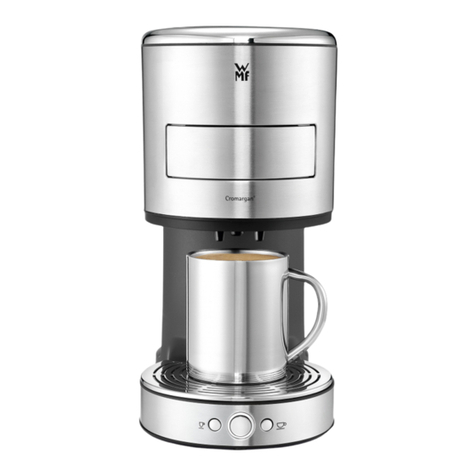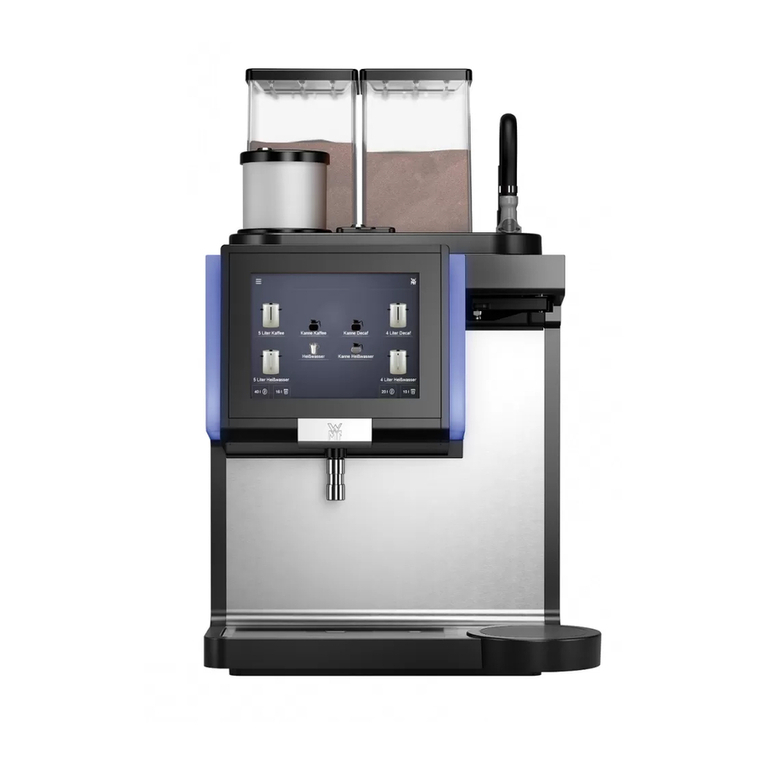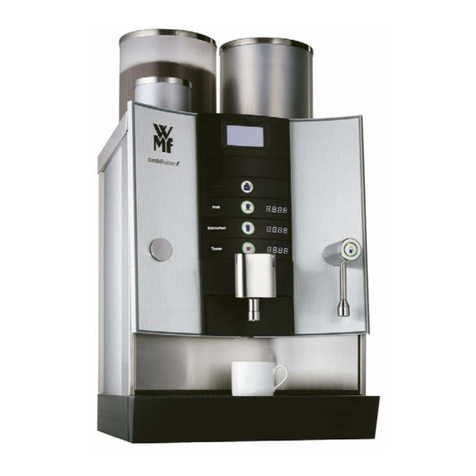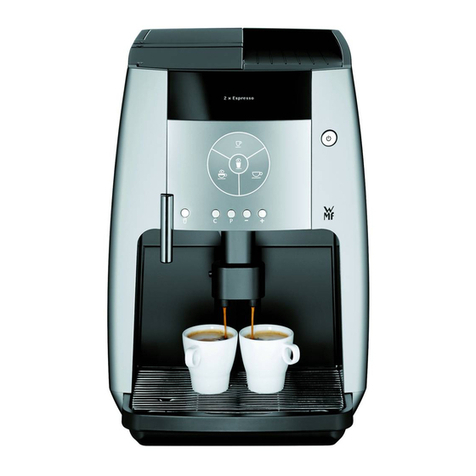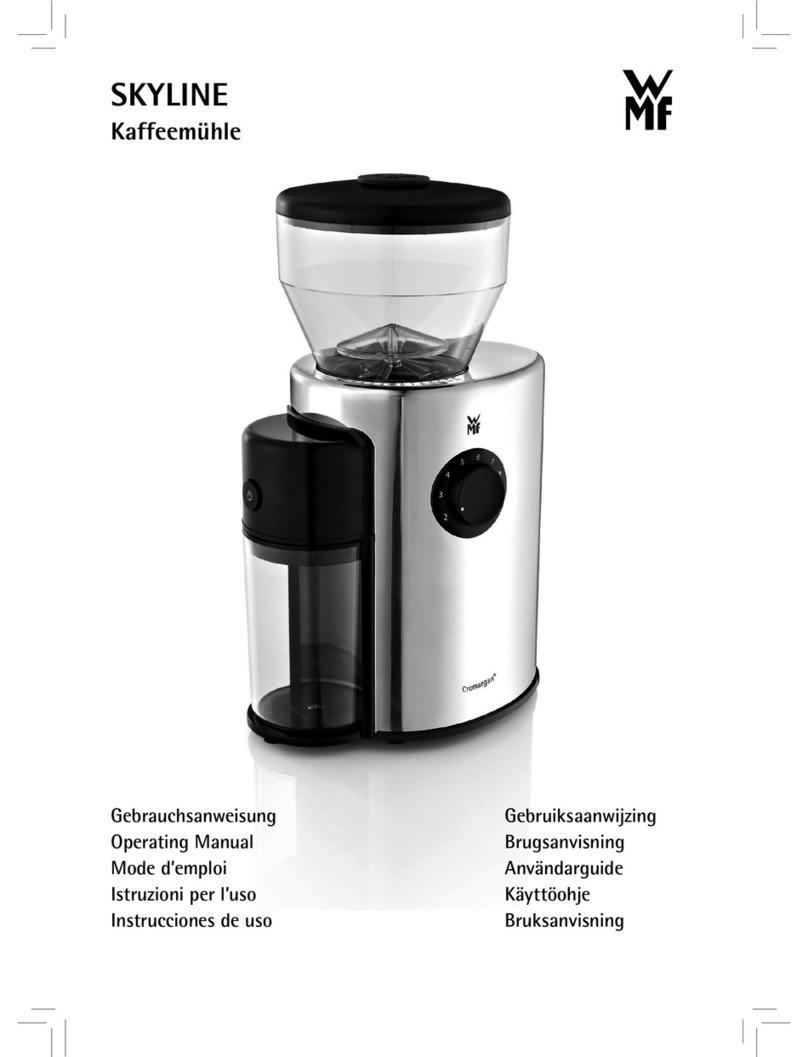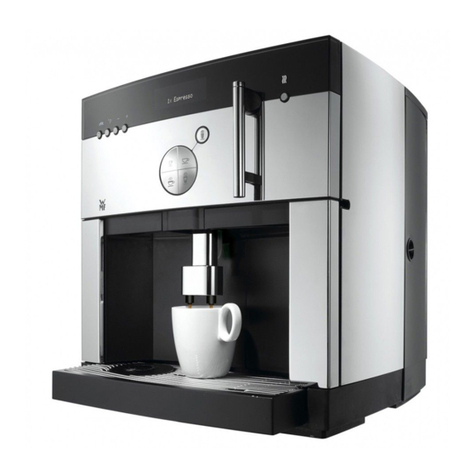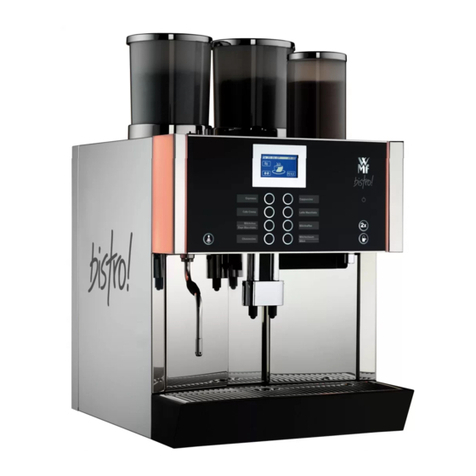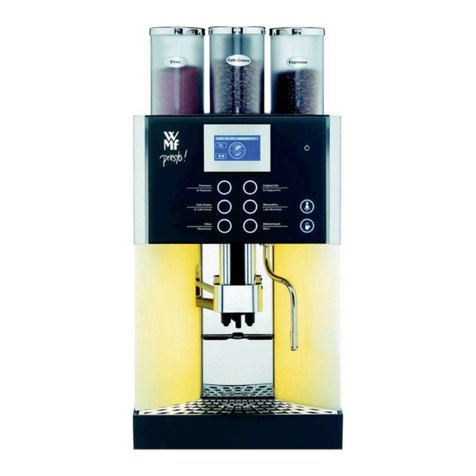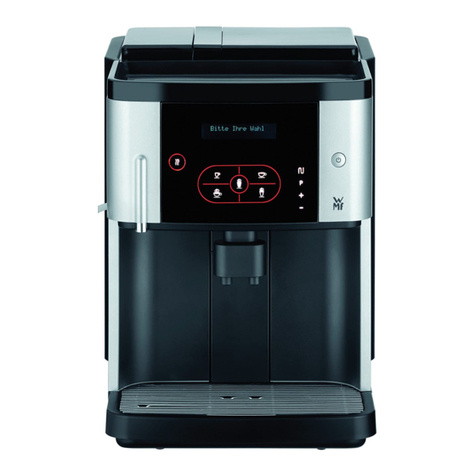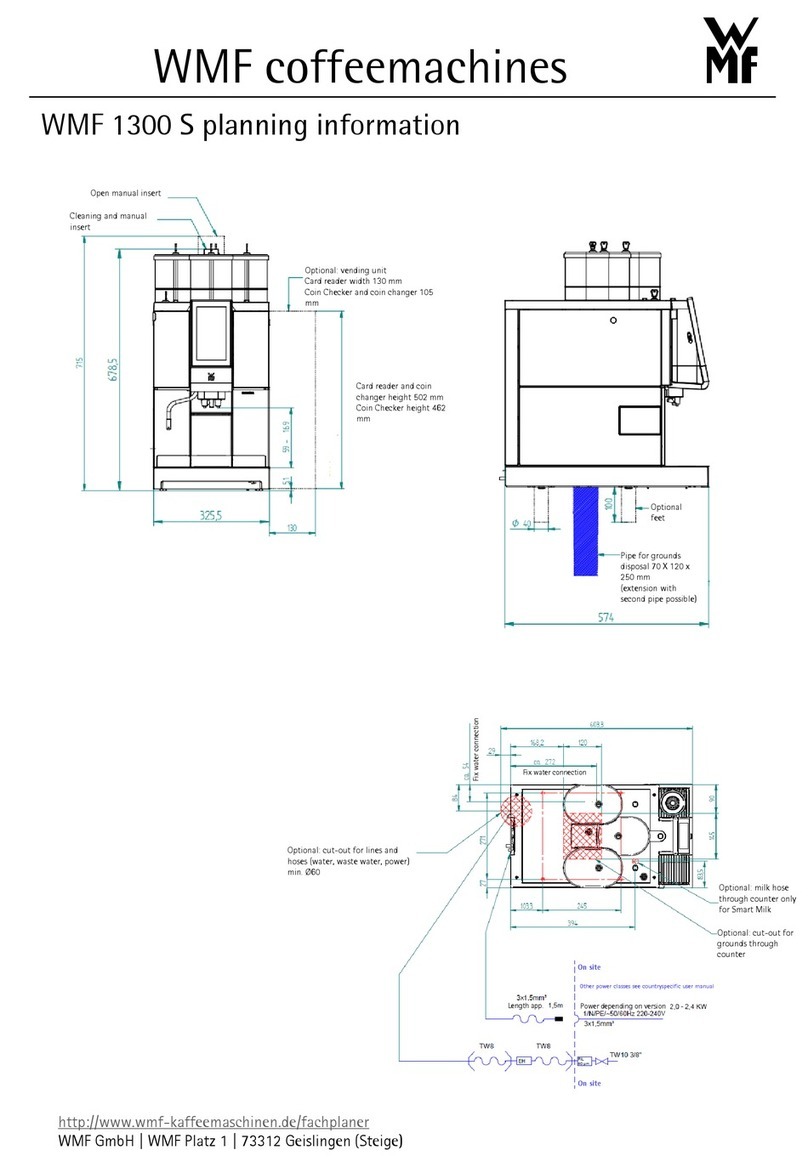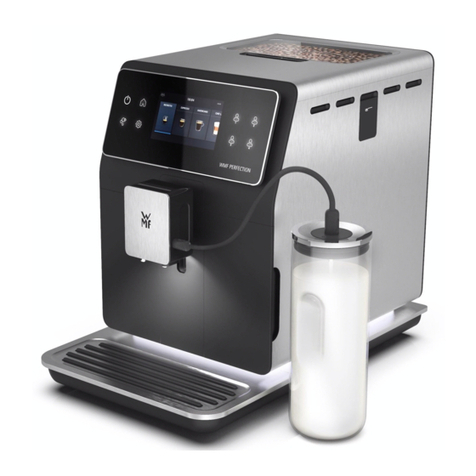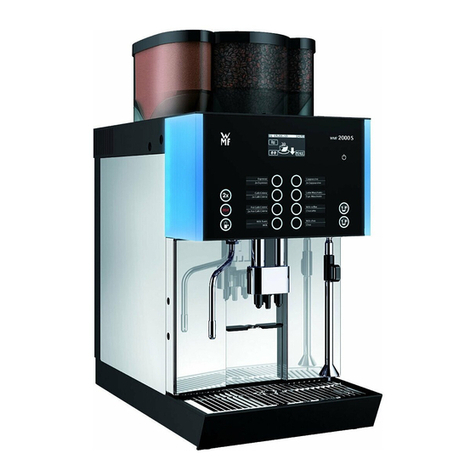Table of Contents 4
Table of Contents
Preface.............................................................................................................................................................................................................................................................. 2
Change history................................................................................................................................................................................................................................................. 3
Table of Contents............................................................................................................................................................................................................................................ 4
1Installation and commissioning........................................................................................................................................................................................................ 6
1.1Customers on-site connection requirements .........................................................................................................................................................................................................................6
1.2Hardware connection and preparatory work .........................................................................................................................................................................................................................7
1.2.1General tasks......................................................................................................................................................................................................................................................................................7
1.2.2Recommended water filter ...........................................................................................................................................................................................................................................................7
1.3Initial start-up with the aid of the technical information ................................................................................................................................................................................................8
1.3.1Goal of the technician information...........................................................................................................................................................................................................................................8
1.3.2Workflow, technician info: ...........................................................................................................................................................................................................................................................8
2Service................................................................................................................................................................................................................................................ 11
2.1Brewer............................................................................................................................................................................................................................................................................................... 11
2.2Distance between angle sensor and brewer spindle (magnet) ...................................................................................................................................................................................... 12
2.3Espresso pump................................................................................................................................................................................................................................................................................14
2.4Pressure reducer setting ............................................................................................................................................................................................................................................................. 15
2.5Grinders ............................................................................................................................................................................................................................................................................................ 16
2.5.1Grinder - grinding degree setting ........................................................................................................................................................................................................................................... 16
2.6Power stage..................................................................................................................................................................................................................................................................................... 17
2.7Front panel ...................................................................................................................................................................................................................................................................................... 17






